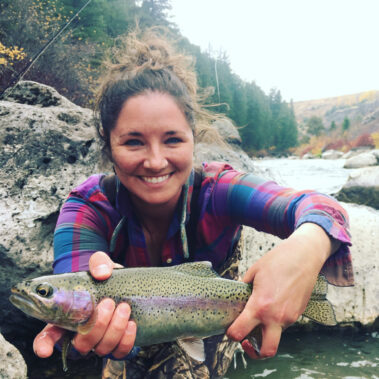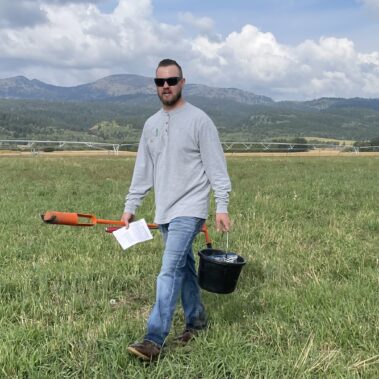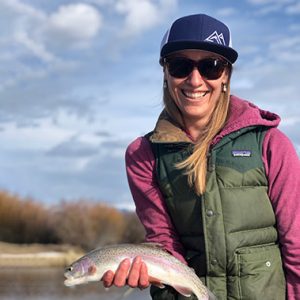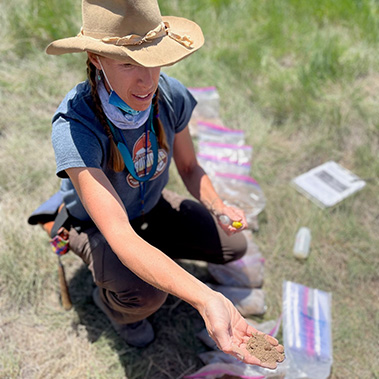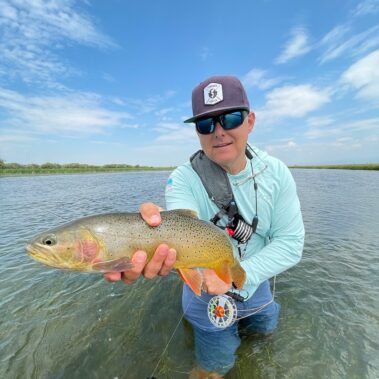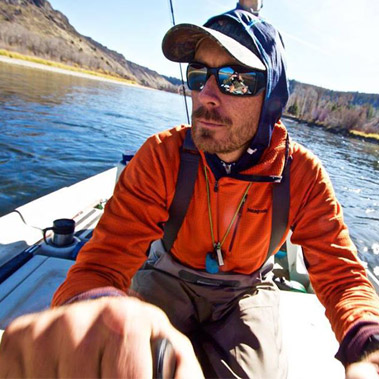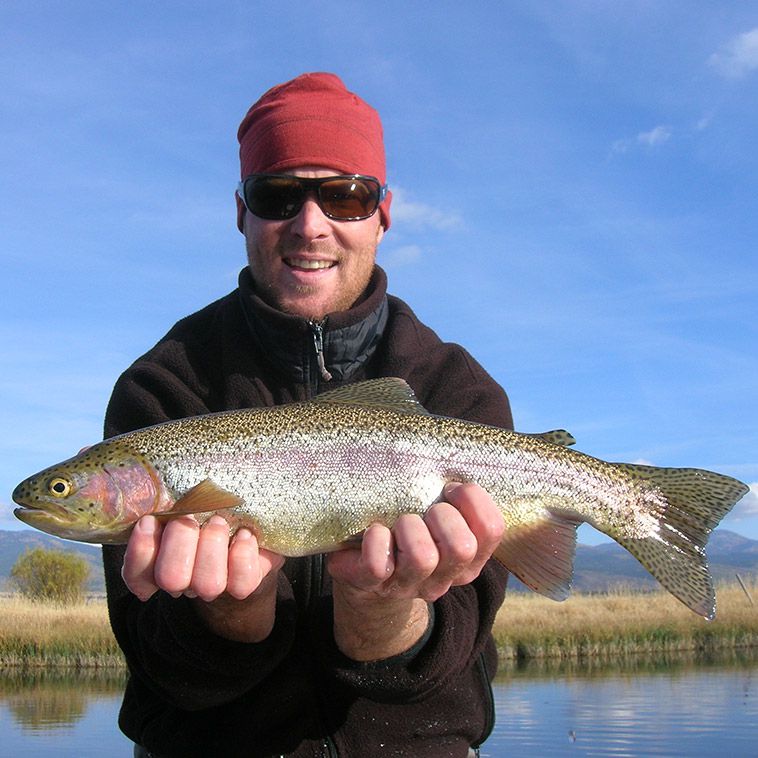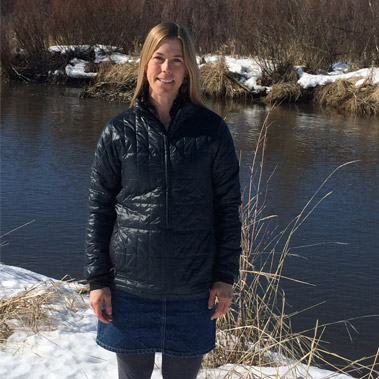
Watershed Research
Habitat & Stream Function
The needs and uses for water in Teton Valley are as varied as the habitats it supports. From sagebrush to wetlands, cottonwood-lined corridors to basalt canyons– these waterways and riparian corridors are the lifeblood of the valley, providing irrigation water for agricultural producers and connecting habitats for fish and wildlife species.
Much in Teton Valley has changed since permanent settlement in the late 1800’s, which has had numerous impacts on land and water. Despite the challenges of a changing landscape in Teton Valley and the West, the Teton Watershed remains one of the most intact ecosystems in the Greater Yellowstone Region.
FTR’s first habitat studies (2002-2004) focused on establishing baseline data for 25 miles on the Teton River, including stream channel geomorphology, fish habitat, riparian vegetation and stream bank stability. Habitat research helped us identify the most critical areas for restoration in the watershed, and now guides our project designs to restore functioning stream conditions that will have the most positive benefit fish, wildlife and people, infrastructure and ecosystems.
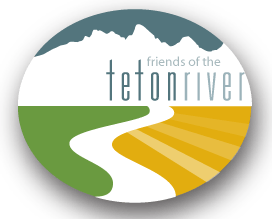


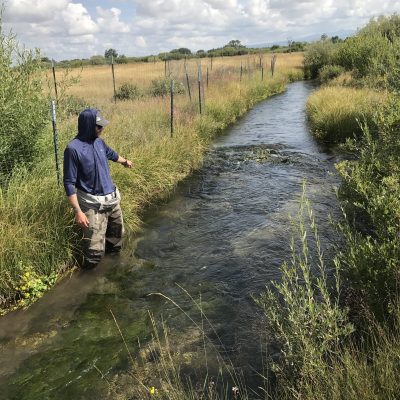
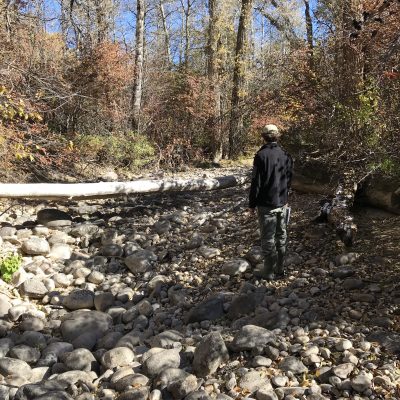
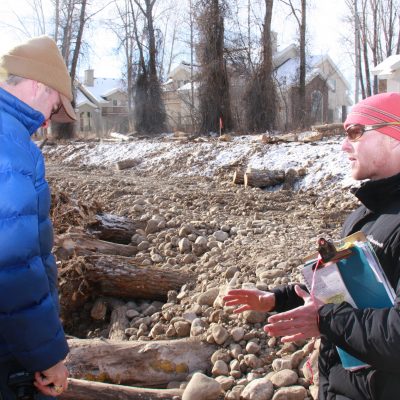
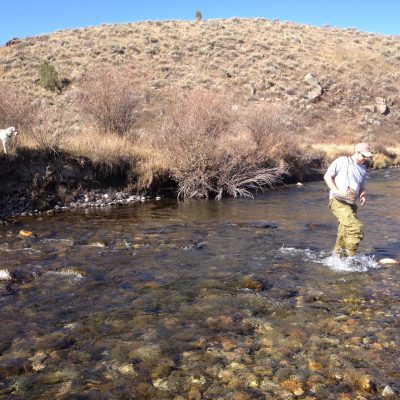

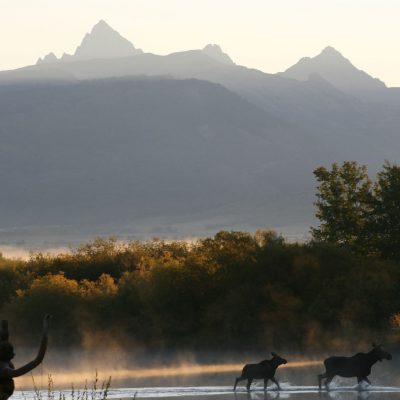

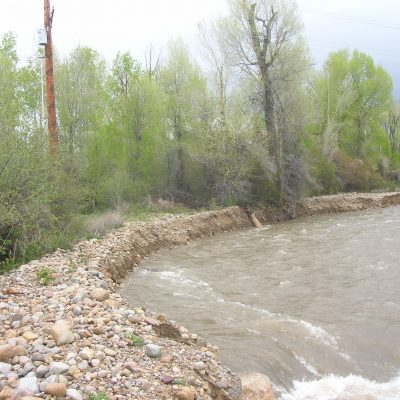
 McKenzie is the Program and Development Associate. She supports the Grants Director, Philanthropy Director, outreach efforts and program staff in the field. She aims to assist staff in meeting goals and producing high quality work in service of the Teton River Watershed. She is originally from Santa Barbara, California and grew up visiting her grandparents in Teton Valley. Her passion for the great outdoors and conservation grew when she studied Ecology and Evolutionary Biology at the University of Colorado Boulder, and she is excited to continue learning from this organization.
McKenzie is the Program and Development Associate. She supports the Grants Director, Philanthropy Director, outreach efforts and program staff in the field. She aims to assist staff in meeting goals and producing high quality work in service of the Teton River Watershed. She is originally from Santa Barbara, California and grew up visiting her grandparents in Teton Valley. Her passion for the great outdoors and conservation grew when she studied Ecology and Evolutionary Biology at the University of Colorado Boulder, and she is excited to continue learning from this organization.